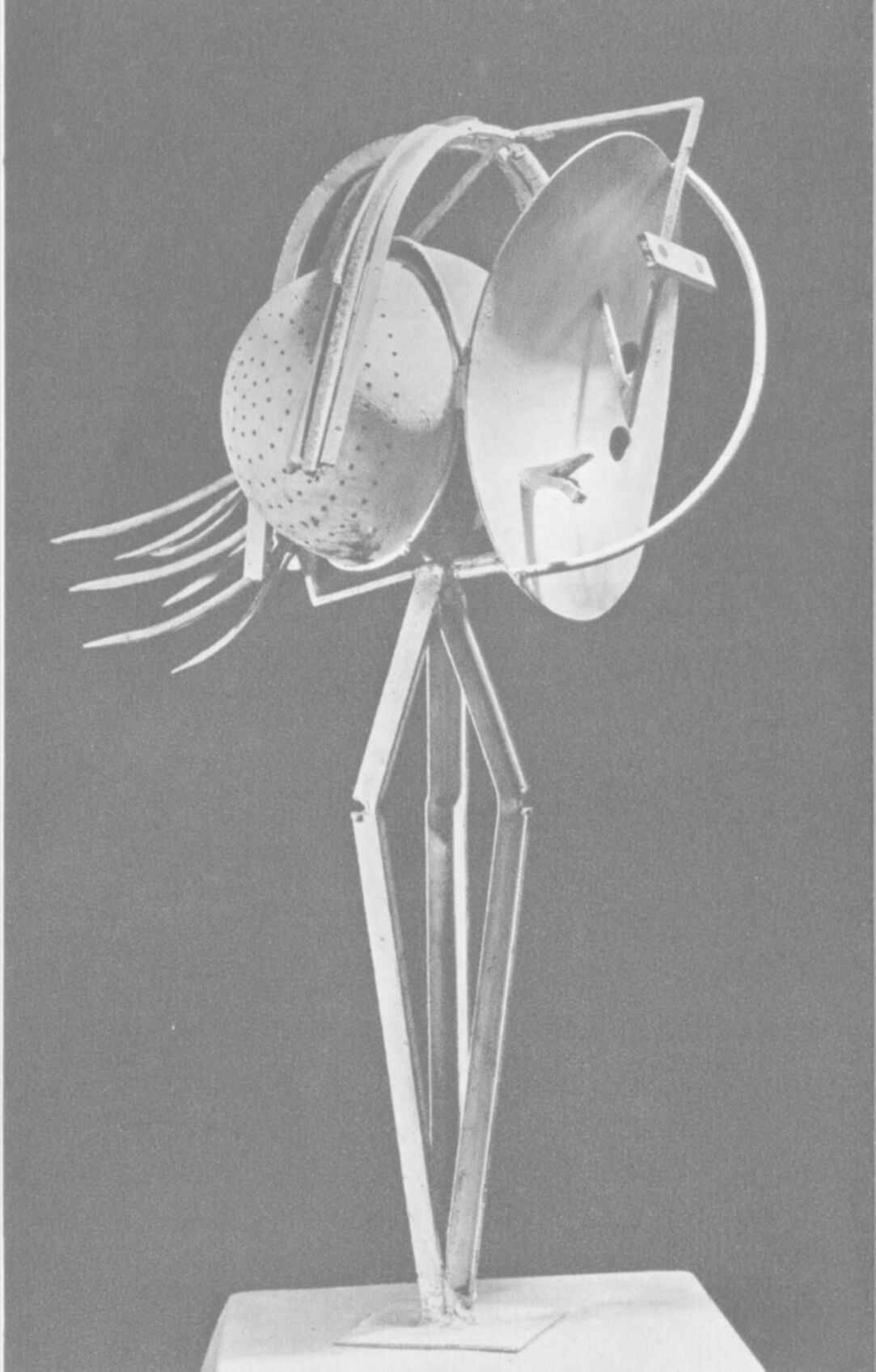Conspiracy Theory: Who Draws That Line?
By Paul H. LeMay, Vancouver
Volume 35 Issue 1, 2 & 3 | Posted: April 4, 2021

These days, it’s not uncommon to hear someone from the mainstream news media brand another person a “conspiracy theorist”. Indeed, it has become a rather popular way to label anyone who dares to question the mainstream narrative on nearly any topic, so we might more easily dismiss the potentially discomforting merits of whatever it is they are saying. It’s one of the new ways to “brush-off” anyone whose views might conflict or challenge one’s own. This is concerning.
While reading a revealing 2008 book by former Globe & Mail editor Paul Palango called “Dispersing the Fog” about the corrosive corruption of the RCMP by Prime Minister Chrétien, and later occupants of that high office, I came across the author’s views on the topic.
“There are those who believe that everything important that happens in the world is controlled by one or another group of powerful individuals and secret organizations. Some think these people are capable of pulling the strings of politicians to implement policies favourable to some master plan. For example, was John F. Kennedy just killed by Lee Harvey Oswald, and Oswald only by Jack Ruby two days later? Or was it parts of a plot?
“The popular media rarely delve into the realm of conspiracy theory, no matter how persuasive the evidence might be in some instances. But not all conspiracy theories are theories; some are fact.”
Palango goes on to cite a few choice examples in this regard, one being US President Eisenhower’s warning about the undue influence of the military-industrial complex in shaping Congressional budgets, US Foreign policy and military interventions designed to keep the multi-billion-dollar weapons industry solvent.
The collapse of the Vatican’s Banco Ambrosiano was a case in point. The parties heavily invested in this bank were European aristocrats, high-ranking politicians, current and former military officers, intelligence officials, police officers, businessmen, journalists and members of the Italian mafia, an official Italian government investigation found.
Palango’s point was to remind readers that elaborately planned efforts behind-the-media scenes to manipulate governments and public perceptions aren’t always the stuff of over-active imaginations or paranoïa. Sometimes they actually turn out to be true.
So, the question all of us need to ask ourselves in this era is whether the integrity of the World Health Organization has been substantively compromised (i.e. corrupted) not simply by pharmaceutical industry interests, but also other interests as well, such as the wireless telecom industry, to ensure that each of their products are viewed as sufficiently safe?
If so, what are the larger possible implications for what we are being told is the truth by members of this organization? Citizens being willing to question the mainstream narrative with reasonable questions has never been more important.
Paul H. LeMay is an independent science writer and the co-author of two books on the victimization process and the nature of the mind/brain system. He is also long-time content contributor to Island Catholic News.
By Paul H. LeMay, Vancouver

